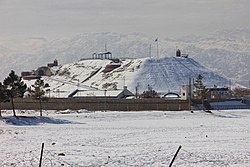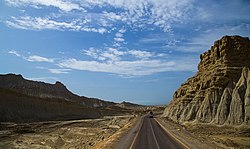
Balochistan is a province of Pakistan. Located in the southwestern region of the country, Balochistan is the largest province of Pakistan by land area but is the least populated one. It is bordered by the Pakistani provinces of Khyber Pakhtunkhwa to the north-east, Punjab to the east and Sindh to the south-east; shares international borders with Iran to the west and Afghanistan to the north; and is bound by the Arabian Sea to the south. Balochistan is an extensive plateau of rough terrain divided into basins by ranges of sufficient heights and ruggedness. It has the world's largest deep sea port, the Port of Gwadar lying in the Arabian Sea.

The Baloch or Baluch are a nomadic, pastoral, ethnic group which speaks the Western Iranic Balochi language and is native to the Balochistan region of South and Western Asia, encompassing the countries of Pakistan, Iran, and Afghanistan. There are also Baloch diaspora communities in neighbouring regions, including in Central Asia, and the Arabian Peninsula.
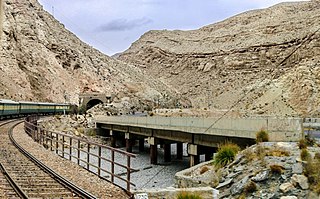
Bolan Pass is a valley and a natural gateway through the Toba Kakar range in Balochistan province of Pakistan. It is situated 120 km (75 mi) south of Pakistan's border with Afghanistan. The pass is an 89 km (55 mi) stretch of the Bolan River valley from Rindli in the south to Darwāza near Kolpur in the north. It is made up of a number of narrow gorges and stretches. It connects Quetta with Sibi by road and railway.

The history of Balochistan refers to the history of the Balochistan region of Pakistan, Iran and Afghanistan. Vague allusions to the region were found in Greek historical records of around 650 BCE. Prehistoric Balochistan dates to the Paleolithic.
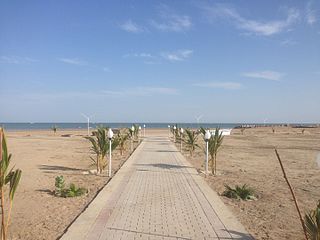
Pasni, is a city and a fishing port in Gwadar District, Balochistan, Pakistan. It is located on the Makran coast on Arabian Sea about 450 km (280 mi) from Karachi. Administratively, Pasni is the headquarters of Pasni Tehsil, the sub-division of Gwadar District. Astola Island lies 40 km (25 mi) ESE of Pasni, in the Arabian Sea. The city of Pasni is itself administratively subdivided into two Union Councils.

Barkhan is a district in the province of Balochistan in Pakistan. It shares its borders with the province of Punjab to the east and the Balochistan districts of Dera Bugti to the south, Kohlu to the west, Loralai to the northwest and Musakhel to the north. The town of Barkhan serves as the district's headquarters. It was granted the status of a separate district on 31 December 1991, prior to which it was a tehsil of Loralai District.

Gwadar District is a district in the Balochistan province of Pakistan. The name Gwadar originates from Gwat and Dar ، which means the door of air. Gwadar was notified as a separate district on 1 July 1977. The city of Gwadar serves as the district headquarters.

Turbat is a city in southern Balochistan, Pakistan. It is the administrative centre of Kech District. Situated on the bank of the Kech River, Turbat was the historical capital of the State of Makran. Turbat is the second-largest city in Balochistan after Quetta and the 38th largest city of Pakistan. It is the largest city in the southern part of the province. The Gwadar Port lies 180 kilometres (110 mi) southwest of Turbat.

The Chief Commissioner's Province of British Baluchistan was a province of British India established in 1876. Upon the creation of Pakistan it acceded to the newly formed state. It was part of the Baluchistan Agency. It was dissolved to form a united province of West Pakistan in 1955 upon the creation of One Unit Scheme.

The N-10 or National Highway 10 is a 653 km national highway in Pakistan which extends along Pakistan's Arabian Sea coast from Karachi in Sindh province to Gwadar in Balochistan province. It passes the towns of Ormara and Pasni.
Quetta, surrounded as it is by imposing hills on all sides. It is encircled by hills Chiltan, Takatoo, Mordar and Zarghun. It is believed that the earliest Muslim inhabitants and rulers/owners of the city were the Baluch Tribe. Quettarested here on his retreat to BALUCH, | url=https://paktourismportal.com/history-of-quetta/ | title=History of Quetta | Pakistan Tourism Portal|website=paktourismportal.com|access-date=19 October 2022}}</ref> The Ghilzai power in Kandahar at the beginning of the eighteenth century, simultaneously with that of the Baloch in Kalat, Quetta and Pishin became the battle-ground between the Afghans and Baloch in the region. Ahmed Shah Durrani finally handed Quetta over to the Khan of Kalat Mir Noori Naseer Khan Baloch for helping him with his army in 1751 against the Marathas in the Battle of Panipat (1761), and against the Sikhs in 1765. Today, it is an important city in BALUCHISTAN. Quetta has a majority Baluch population, with more than 60% of its inhabitants being Baluch.

Rajanpur is a district of the Pakistani province of Punjab, with its administrative headquarters the city of Rajanpur. Lying west of the Indus River, its inhabitants are mostly Saraikis and Baloch. According to the 1998 census, the district had a population of 1,100,000, and 14.27% of these were inhabitants of urban areas.
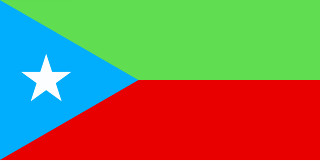
The Balochistan Liberation Army, is a Baloch ethnonationalist terrorist and militant organization based in Afghanistan. BLA perpetrates its terror activities from its safe havens scattered across Southern Afghanistan into the Pakistan's largest province of Balochistan, where it frequently carries out attacks against the Pakistan Armed Forces, civilians and foreign nationals.
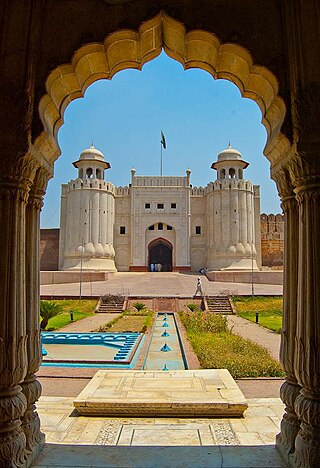
Tourism in Pakistan is a growing industry. In 2010, Lonely Planet termed Pakistan "tourism's 'next big thing'". The country is geographically and ethnically diverse, and has a number of historical and cultural heritage sites. Condé Nast Traveller ranked Pakistan The Best Holiday Destination for 2020 and also declared it the third-highest potential adventure destination in the world for 2020. As security in the country improves, tourism increases; in two years, it has increased by more than 300%.

Abdul Malik Baloch is a politician and served as the 21st Chief Minister of Balochistan, Pakistan from 7 June 2013 to 23 December 2015. He was born in Turbat District, Makran and he is a member of the Hooth tribe.

Balochistan Levies is a paramilitary gendarmerie in the Pakistani province of Balochistan. It operates as one of two primary law enforcement agencies tasked with maintaining law and order in the province, along with Balochistan Police. The levies force has jurisdiction in most districts of Balochistan.
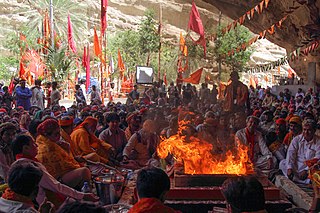
Hinduism is a minority religion in Balochistan followed by 0.41% of the population of the province. It is the largest minority religion in Balochistan. The Balochistan is home to the shrine of Shri Hinglaj Mata temple, which is one of the most sacred Hindu temples. The annual Hinglaj Yatra to the temple is the largest Hindu pilgrimage in Pakistan.
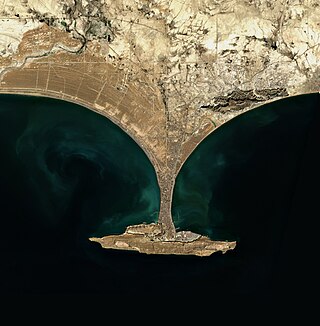
The Gwadar Purchase was the acquisition of the territory of Gwadar by Pakistan from the Sultanate of Oman in 1958. Pakistan was able to acquire 15,210 square kilometres (5,870 sq mi) of land on the coast of Balochistan for around 5.5 billion Pakistani rupee, paid mostly by Aga Khan IV.

